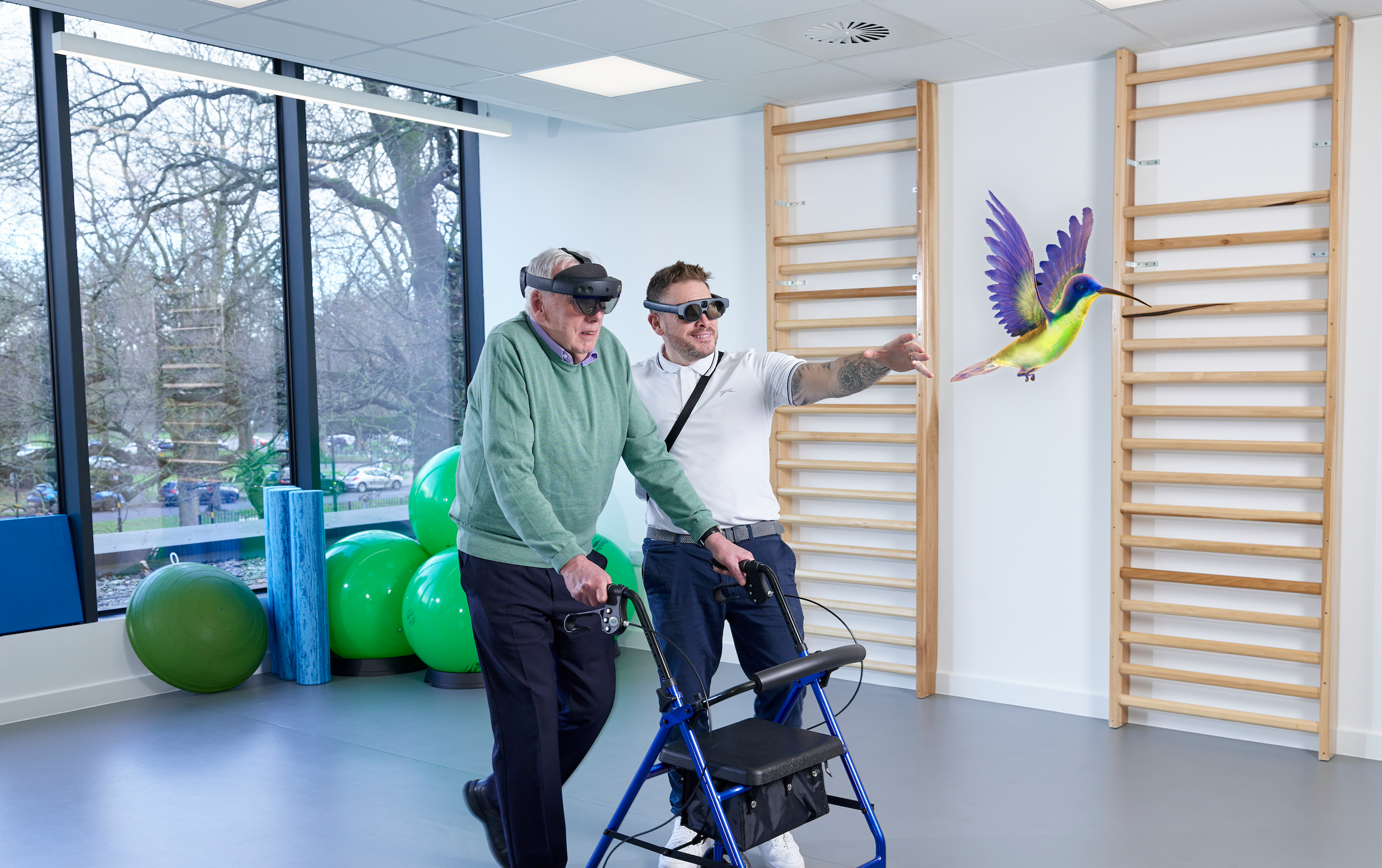Research roundup: microplastics in the brain linked to dementia, promoting brain health with gamma frequencies, and more

Neuro Rehab Times explores the latest research developments in the world of neurology.
Microplastics in human brain tissue linked to dementia
Researchers have found alarming new evidence about microplastic accumulation in human brain tissue, finding that the brain contains higher concentrations of plastic particles than other organs, with elevated levels in dementia patients
Specifically, the research reveals that human brains contain approximately a spoon’s worth of microplastics and nanoplastics (MNPs), with levels three to five times higher in individuals with documented dementia diagnoses.
More concerning still, brain tissues showed seven to 30 times higher concentrations of MNPs compared to other organs like the liver or kidney.
Of particular concern are particles smaller than 200 nanometres, predominantly composed of polyethylene, which show notable deposition in cerebrovascular walls and immune cells. This size allows them to potentially cross the blood-brain barrier, raising questions about their role in neurological conditions.
40Hz gamma stimulation promotes brain health
A decade after scientists in The Picower Institute for Learning and Memory at MIT first began testing whether sensory stimulation of the brain’s 40Hz “gamma” frequency rhythms could treat Alzheimer’s disease in mice, a growing evidence base supports the idea that it can improve brain health.
A new review describes the state of research so far and presents some of the fundamental and clinical questions at the forefront of the non-invasive gamma stimulation now.
Starting with a paper in Nature in 2016, a collaboration has produced a series of studies showing that 40Hz stimulation via light, sound, the two combined, or tactile vibration reduces hallmarks of Alzheimer’s pathology such as amyloid and tau proteins, prevents neuron death, decreases synapse loss, and sustains memory and cognition in various Alzheimer’s mouse models.
The collaboration’s investigations of the underlying mechanisms that produce these benefits has so far identified specific cellular and molecular responses in many brain cell types including neurons, microglia, astrocytes, oligodendrocytes and the brain’s blood vessels.
Last year, for instance, the lab reported in Nature that 40Hz audio and visual stimulation induced interneurons in mice to increase release of the peptide VIP, prompting increased clearance of amyloid from brain tissue via the brain’s glymphatic “plumbing” system.
Meanwhile, Phase 2 clinical studies have shown that people with Alzheimer’s exposed to 40Hz light and sound experienced a significant slowing of brain atrophy and improvements on some cognitive measures compared to untreated controls.
Sleep patterns may reveal comatose patients with hidden consciousness
Several studies in the past decade have revealed that up to a quarter of unresponsive patients with recent brain injuries may possess a degree of consciousness that’s normally hidden from their families and physicians.
Now, new research from Columbia University and NewYork-Presbyterian may soon help physicians identify unresponsive brain-injury patients with hidden consciousness who are likely to achieve long-term recovery by looking for brain waves that are indicative of normal sleep patterns.
As current techniques can be difficult to implement and can yield false-negative results, the researchers decided to focus on sleep, as brain circuits that are fundamental for consciousness, including cognitive motor dissociation, are also critical to control sleep.
They looked through EEG recordings of overnight brain activity in 226 comatose patients who also underwent the more complex testing for cognitive motor dissociation.
The team say the electrical activity during sleep looks relatively chaotic, and then occasionally in some patients, these very organized, fast frequencies appear and that these bursts, called sleep spindles, often preceded the detection of cognitive motor dissociation with the more complex method, the return of consciousness, and long-term recovery.
Brain connections can predict future substance use in adolescents
Understanding neural mechanisms underlying substance use initiation and frequency during adolescence is critical for early prevention and intervention.
Now, a new study has shown that by tracking year-to-year changes in brain connectivity underlying cognitive control, data can predict when an adolescent is at high risk of starting to use substances.
To clarify brain mechanisms that prospectively predict initiation and progression of substance use, the current study examined the trajectories of functional connectivity during cognitive control linked to substance use.
For seven years researchers followed 91 adolescents from ages 14 to 21 who had never used substances at the start of this longitudinal study to identify potential neural precursors that predict substance use initiation and frequency. Cognitive control processes were examined to assess functional neural connectivity and a questionnaire assessed substance use frequency.
Findings indicate that brain connectivity related to cognitive control predicted substance use initiation, whereas cognitive control behaviour did not.
Global neurology leader outlines vision for open neurology
Neurologist and geneticist Dr. Guy Rouleau has outlined his transformative vision for accelerating neurological disease research through open science principles.
As Director of The Neuro (Montreal Neurological Institute-Hospital) and Chair of McGill University’s Department of Neurology and Neurosurgery, Dr. Rouleau is spearheading a revolutionary approach to scientific collaboration that could fundamentally change how brain disease research is conducted worldwide.
“I have come to believe that science must be done in an open fashion,” said Rouleau.
This commitment to open science raises intriguing questions about how increased data sharing and collaboration could accelerate discoveries in neurological disease research. Could this model be adapted by other institutions globally?








